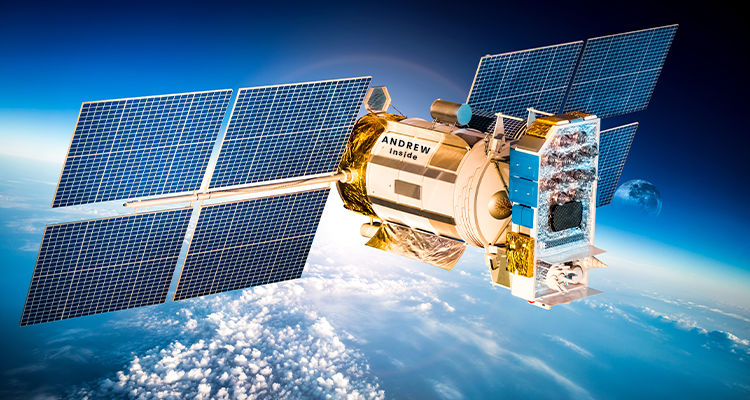Work has begun at Wrocław University of Science and Technology on an instrument that will be used to analyze “space weather.” The scientific instrument, named ANDREW, will measure the concentration of neutral molecules and the concentration of atomic oxygen in the rarefied atmosphere.
The device will be built as part of the “Space Weather Nanosatellites System Enhancement” project, which aims to provide satellite data on Earth’s magnetosphere and thermosphere. The contract for its implementation was signed by the European Space Agency (ESA) with a consortium comprising Creotech Instruments (leader), the Space Research Center of the Polish Academy of Sciences (CBK PAN) and the Wrocław University of Science and Technology.
All phenomena observed on the Sun and in the area of the Earth’s magnetosphere that are related to changes in the intensity of the solar wind, are referred to as space weather. They limit the functioning of power grids and radio communications on Earth, as well as electronic and photovoltaic systems in space.
The project involves sending a satellite with four independent research instruments into orbit, and one of them – called ANDREW (Atomic and Neutrals Density Analysis in Space Weather) – will be built at the Wrocław University of Science and Technology. It will be a specialized mass spectrometer tailored to measure the concentration of neutral molecules (neutrals density measurement) and the concentration of atomic oxygen in a dilute atmosphere (atomic oxygen density).
The contract with ESA calls for preparation of Phase 0-A, i.e. the planning of the mission – its main objectives, exact requirements, indication of all technical and functional assumptions.
The 0-A phase began on December 2 and will last nine months. After its results are accepted by ESA, the approval will be given to proceed to the next stage of the program. The target date for the mission is 2028, and its total cost is estimated at several million euros.






